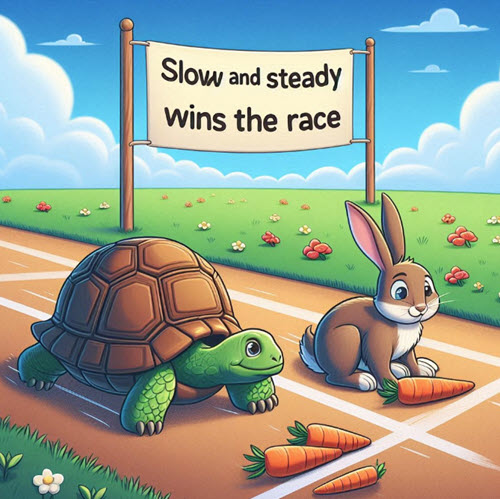
Does Your Company Take a Tortoise or Hare Approach to CI?
Last updated: August 06, 2024 Read in fullscreen view
- 01 Aug 2024
 The Standish Group report 83.9% of IT projects partially or completely fail 150/1772
The Standish Group report 83.9% of IT projects partially or completely fail 150/1772 - 13 Apr 2024
 Lessons on Teamwork and Leadership from Chinese story book "Journey to the West" 41/949
Lessons on Teamwork and Leadership from Chinese story book "Journey to the West" 41/949 - 02 Nov 2021
 What is Terms of Reference (ToR)? 23/1466
What is Terms of Reference (ToR)? 23/1466 - 18 Oct 2020
 How to use the "Knowns" and "Unknowns" technique to manage assumptions 21/989
How to use the "Knowns" and "Unknowns" technique to manage assumptions 21/989 - 01 Oct 2020
 Fail fast, learn faster with Agile methodology 13/973
Fail fast, learn faster with Agile methodology 13/973 - 03 Apr 2022
 Microsoft Solutions Framework (MSF) 12/1157
Microsoft Solutions Framework (MSF) 12/1157 - 18 Dec 2023
 The Cone of Uncertainty in Scrum & Requirement Definition 8/643
The Cone of Uncertainty in Scrum & Requirement Definition 8/643 - 10 Nov 2022
 Poor Code Indicators and How to Improve Your Code? 7/213
Poor Code Indicators and How to Improve Your Code? 7/213 - 18 Oct 2021
 Key Elements to Ramping Up a Large Team 7/1108
Key Elements to Ramping Up a Large Team 7/1108 - 19 Oct 2021
 Is gold plating good or bad in project management? 7/754
Is gold plating good or bad in project management? 7/754 - 06 Feb 2021
 Why fail fast and learn fast? 6/375
Why fail fast and learn fast? 6/375 - 01 Mar 2023
 Bug Prioritization - What are the 5 levels of priority? 6/207
Bug Prioritization - What are the 5 levels of priority? 6/207 - 14 Oct 2021
 Advantages and Disadvantages of Time and Material Contract (T&M) 4/789
Advantages and Disadvantages of Time and Material Contract (T&M) 4/789 - 20 Jul 2022
 Software Myths and Realities 4/797
Software Myths and Realities 4/797 - 18 Aug 2022
 What are the consequences of poor requirements with software development projects? 3/242
What are the consequences of poor requirements with software development projects? 3/242 - 07 Jul 2022
 Managing Project Execution Terms 3/379
Managing Project Execution Terms 3/379 - 08 Oct 2022
 KPI - The New Leadership 3/557
KPI - The New Leadership 3/557 - 31 Oct 2021
 Tips to Fail Fast With Outsourcing 3/375
Tips to Fail Fast With Outsourcing 3/375 - 10 Apr 2024
 The Parking Lot Method: Unlocking a Simple Secret to Supercharge Your Productivity 3/403
The Parking Lot Method: Unlocking a Simple Secret to Supercharge Your Productivity 3/403 - 12 May 2024
 The Pros and Cons of the Creator Economy in the Age of AI: Opportunities, Challenges, and the Gray Zone with the Gig Economy 3/231
The Pros and Cons of the Creator Economy in the Age of AI: Opportunities, Challenges, and the Gray Zone with the Gig Economy 3/231 - 10 Jan 2024
 Like for Like – how to preserves existing business and leverage technological advancement 2/336
Like for Like – how to preserves existing business and leverage technological advancement 2/336 - 10 Dec 2023
 Pain points of User Acceptance Testing (UAT) 2/416
Pain points of User Acceptance Testing (UAT) 2/416 - 26 Sep 2024
 Successful Project Management Techniques You Need to Look Out For 2/368
Successful Project Management Techniques You Need to Look Out For 2/368 - 05 Jun 2023
 Fractional, Part-Time (virtual) or Interim CTO: Who Will Cover Your Business Needs? 2/109
Fractional, Part-Time (virtual) or Interim CTO: Who Will Cover Your Business Needs? 2/109 - 23 Sep 2021
 INFOGRAPHIC: Top 9 Software Outsourcing Mistakes 2/411
INFOGRAPHIC: Top 9 Software Outsourcing Mistakes 2/411 - 17 Feb 2022
 Prioritizing Software Requirements with Kano Analysis 2/280
Prioritizing Software Requirements with Kano Analysis 2/280 - 28 Dec 2021
 8 types of pricing models in software development outsourcing 2/417
8 types of pricing models in software development outsourcing 2/417 - 13 Dec 2020
 Move fast, fail fast, fail-safe 2/292
Move fast, fail fast, fail-safe 2/292 - 15 May 2022
 20 Common Mistakes Made by New or Inexperienced Project Managers 2/247
20 Common Mistakes Made by New or Inexperienced Project Managers 2/247 - 14 Jun 2022
 Example and Excel template of a RACI chart in Software Development 2/707
Example and Excel template of a RACI chart in Software Development 2/707 - 12 Aug 2022
 What is End-to-end project management? 2/382
What is End-to-end project management? 2/382 - 02 May 2022
 What Is RAID in Project Management? (With Pros and Cons) 2/734
What Is RAID in Project Management? (With Pros and Cons) 2/734 - 24 Nov 2023
 The project management paradox: Achieving MORE by doing LESS 2/193
The project management paradox: Achieving MORE by doing LESS 2/193 - 07 Dec 2023
 12 project management myths to avoid 1/167
12 project management myths to avoid 1/167 - 22 May 2022
 What are common mistakes that new or inexperienced managers make? 1/243
What are common mistakes that new or inexperienced managers make? 1/243 - 27 Jan 2020
 Should a project manager push developers to work more hours due to mistakes of manager schedule setting? 1/412
Should a project manager push developers to work more hours due to mistakes of manager schedule setting? 1/412 - 19 Apr 2021
 7 Most Common Time-Wasters For Software Development 1/525
7 Most Common Time-Wasters For Software Development 1/525 - 01 Mar 2024
 10 Project Management Myths 1/120
10 Project Management Myths 1/120 - 26 Dec 2023
 Improving Meeting Effectiveness Through the Six Thinking Hats 1/205
Improving Meeting Effectiveness Through the Six Thinking Hats 1/205 - 05 Jan 2024
 Easy ASANA tips & tricks for you and your team 1/180
Easy ASANA tips & tricks for you and your team 1/180 - 11 Jan 2024
 What are the Benefits and Limitations of Augmented Intelligence? 1/434
What are the Benefits and Limitations of Augmented Intelligence? 1/434 - 23 May 2024
 Mastering AI: Sharpening the Axe in the Digital Age 1/182
Mastering AI: Sharpening the Axe in the Digital Age 1/182 - 02 Jun 2024
 Reviving Ancient Wisdom: The Spiritual Side of Project Management /204
Reviving Ancient Wisdom: The Spiritual Side of Project Management /204 - 14 Mar 2024
 Why should you opt for software localization from a professional agency? /117
Why should you opt for software localization from a professional agency? /117 - 01 Aug 2022
 Is planning "set it and forget it" or "set it and check it"? /264
Is planning "set it and forget it" or "set it and check it"? /264 - 12 Mar 2024
 How do you create FOMO in software prospects? /127
How do you create FOMO in software prospects? /127 - 23 Jun 2024
 Best Practices for Managing Project Escalations /183
Best Practices for Managing Project Escalations /183 - 21 Jun 2024
 Dead Horses and the Escalation of Commitment /123
Dead Horses and the Escalation of Commitment /123 - 17 Oct 2021
 Does Fast Tracking increase project cost? /348
Does Fast Tracking increase project cost? /348 - 13 Jan 2020
 Quiz: Test your understanding project cost management /568
Quiz: Test your understanding project cost management /568 - 06 Nov 2019
 How to Access Software Project Size? /236
How to Access Software Project Size? /236 - 02 Dec 2021
 3 Ways to Avoid Scope Creep in IT Consulting /192
3 Ways to Avoid Scope Creep in IT Consulting /192 - 09 May 2022
 Build one to throw away vs Second-system effect: What are differences? /297
Build one to throw away vs Second-system effect: What are differences? /297 - 10 May 2022
 Levels of Teamwork /180
Levels of Teamwork /180 - 03 Jan 2023
 Organizing your agile teams? Think about M.A.T (Mastery, Autonomy, Purpose) /333
Organizing your agile teams? Think about M.A.T (Mastery, Autonomy, Purpose) /333 - 30 Nov 2023
 Project Managers, Focus on Outcomes — Not Deliverables /143
Project Managers, Focus on Outcomes — Not Deliverables /143 - 02 Nov 2022
 Difference between Change Management and Project Management /216
Difference between Change Management and Project Management /216 - 06 Jun 2022
 Change Management at the Project Level /292
Change Management at the Project Level /292
How to achieve sustainable success?
The story of the tortoise and the hare has some important lessons for continuous improvement, argues contributor Subikash Roy. Are you working in a sustainable way to support your company's strategy or sprinting from point to point - easily losing focus on the big picture?
Almost all companies have a great vision statement that decorate the walls. But how many people within those companies actually understand the vision statement? How many people understand how what they are doing is moving them closer to the company’s vision?
As business executives run after growth and new business, many remain oblivious of the inherent capabilities of the organization. It's important to consider whether the organization is ready to run with you.
To understand why this is important you need look no further than the children’s story of the hare and the tortoise.
We should all be familiar with the details of the story: One day the hare told the tortoise, "Let’s have a race". So they fixed a route and agreed to the race. They went back to the starting point and the race began. The hare, of course, started off quickly, gaining a huge lead on the slow-moving tortoise. But, eventually, the hare started to get tired and kept looking back to see how far the tortoise was.
When he could not run any farther the hare parked himself under a tree and rested, convinced the tortoise was far enough behind. After a while the hare fell asleep. Meanwhile the tortoise continued at its steady pace and, in time, overtook the hare. When the hare woke up, he found that the tortoise was almost at the finish line. He ran as quickly as he could but could not make it to the finish line before the tortoise.
What can we learn from this story? I would argue that many of our businesses are a little bit like the hare. We are fixated on the wrong things and rapidly running after them - but not in a sustainable way. We sprint after something, get distracted and tired, then lose focus. If we do cross the finish line first, it's by chance rather than an easily repeatable - and sustainable - effort.
This is the difference between what I would consider having success and being successful. So many of our companies are focused on achieving success (the noun) but not on actually being successful (an adjective that describes a state of being). I believe it’s a subtle distinction but an important one that illuminates several important principles of continuous improvement. Do you want to have success or do you want to be successful?
The tortoise knew its own strength and the strength of its competitor. Even then he agreed to run the race. Why? The tortoise had vision. And that was to reach the finish line step-by-step. He took each step and then defined the next step. He was focused on what he wanted to achieve. His actions were directed towards the next step only, while keeping the vision clear.
What about the hare? He believed from the beginning that he had already won the race: he was faster than his competitor, so how could he lose? The hare had only one focus; to win the race. He thought that running faster than the tortoise was his biggest strength. As Jim Collins writes in his book "How the Mighty Fall" the first 2 stages of fall are "Hubris" and "Undisciplined Pursuit of More". When you do that you lose focus of your vision.
To achieve success you need output focus only; process is not important, because it might only be a one-time success. But to be successful you must have a clear vision, actions to achieve the next step and robust underlying processes which can support the progression to the next step consistently.
Success without process is likely to be temporary - it is achieved by chance and cannot necessarily be sustained.
Why are We in Business?
Let’s apply this analogy to our businesses. Are we running like the hare or the tortoise? What is the purpose of our business?
The importance of answering this question is absolutely paramount. When things are unclear at the top – when there is no vision and nobody knows the purpose of the business – this filters down throughout the organization and results in poor performance, low employee morale and high attrition and loss of business. Figure 2 (below) depicts how this lack of vision makes its way through all levels of the organization.
For those of us in charge of process improvement in a context like this, we can use all the tools available to us but our improvements won’t be sustained over the long term. Why? Because we are not clear on "Why" we want to deploy "What" tools and "How". In today’s context, it is very important to understand the "Why", "What", "Where", "When" and "How" of growth and survival of our business.
So how do we do it? This leads us to define three clear loops in any organization:
- Behaviour Development Loop: This is part of the strategy development and deployment with respect to external factors. Top management understands the vision of the company by checking and understanding its core values and competences. By this managers define the next step required to move closer to the vision - just like the next step of the tortoise. Behaviour patterns are continuously developed and corrected with respect to changing external scenarios.
- Behaviour Synchronization Loop: This is part of the strategy deployment and execution initiation where both top and middle management work together. Middle management needs to synchronize behaviour with skills and knowledge; thus now the "Why", "What" and "How" becomes clear. The entire organisation senses a need, which is then supplemented through these tools. This is the initiation of Total Quality Management - or whatever discipline you may use - in the organization.
- Continuous Learning and Sustenance Loop: Once behaviours have been synchronized, the shopfloor management is aware of "What" it needs, to work towards the next step. The question now is not, "What to do?", but "How to Do Efficiently and Effectively". This decides the Daily Work Management for the shopfloor people including continuous learning through PDCA from KPI and thus automatically sustains and improves.
Working with a Direction
Like the Tortoise, nurture your vision and focus. Develop and synchronize the behaviors with skills and knowledge. Working without direction is like trying to assemble a thousand puzzle pieces without knowing the big picture. You may use all the tools, but by the time you assemble the picture finally, the scenario would have changed completely. Are we adding value to our organizations? Or are we carrying our baggage from bottom to the top by trying to micro-manage? Do we want to have success?Or do we want to be successful? Only you yourself can answer these questions.
| About the Author | Subikash Roy | Guest Blogger | Guest Blogger and Contributor at Process Excellence Network |








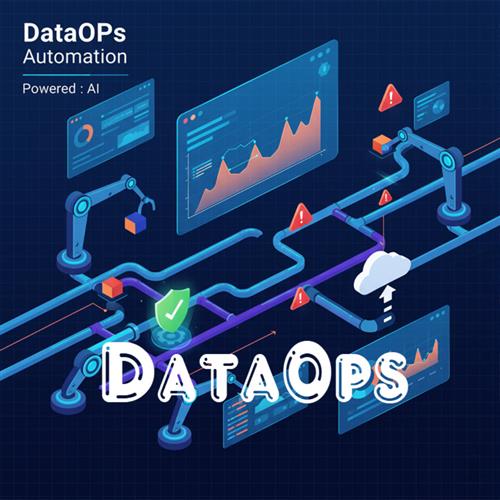

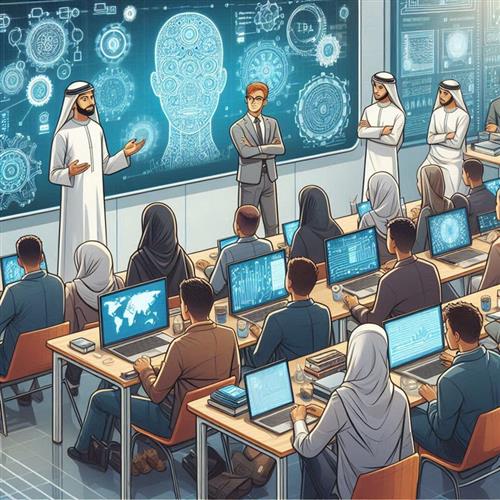








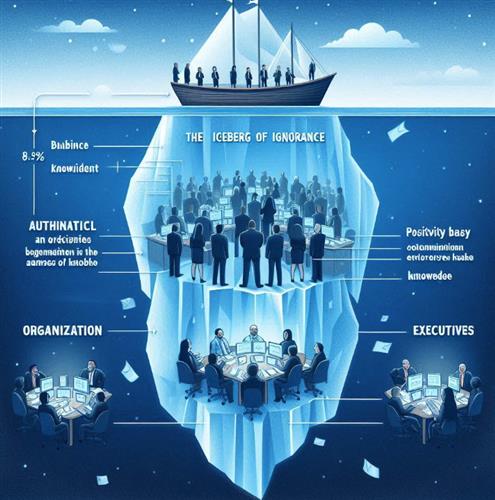



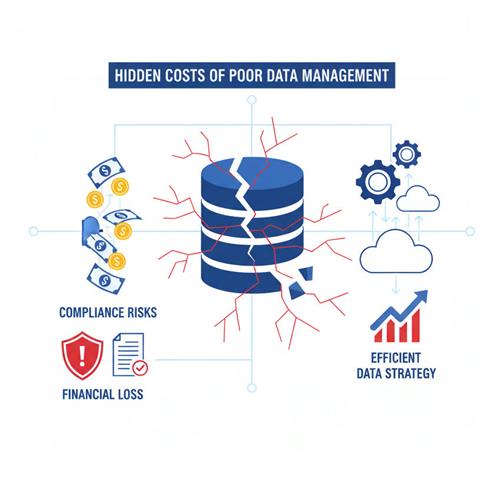
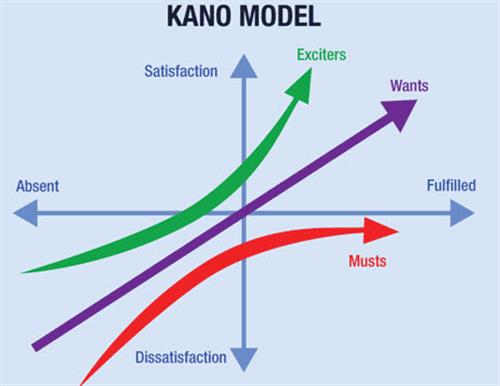
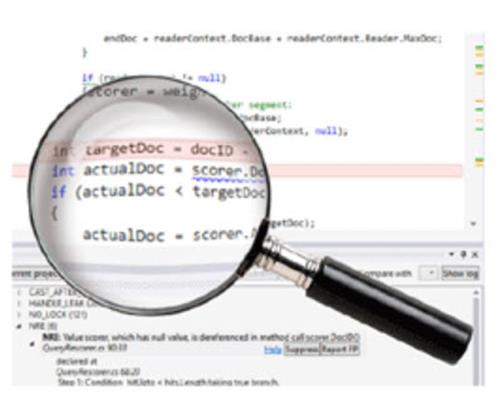









 Link copied!
Link copied!
 Recently Updated News
Recently Updated News